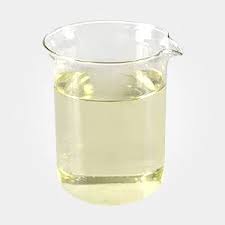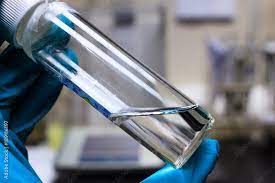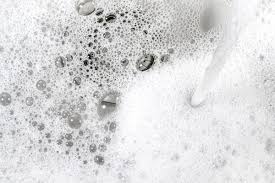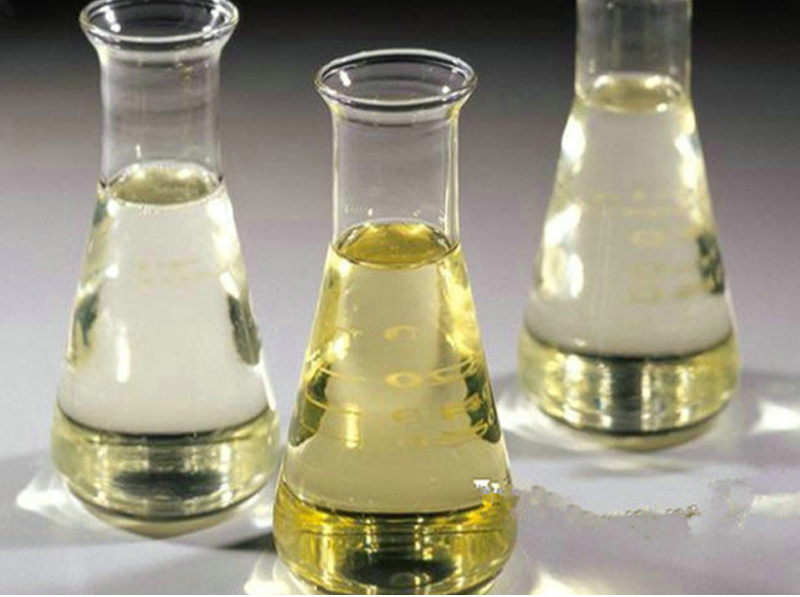**The Tiny Lung Chefs: Who’s Cooking Up Your Body’s Slippery Secret?**
(Which Cells Are Responsible For Producing Surfactant?)
Take a deep breath. Feel your chest rise? Thank your lungs—but don’t forget the unsung heroes behind the scenes: tiny cells whipping up a life-saving substance called surfactant. Without it, every breath would feel like blowing up a balloon coated in glue. Let’s meet the cellular cooks keeping your lungs slippery.
Surfactant is a soapy mix of fats and proteins. Its job is simple but vital. It coats the inside of your lung’s air sacs, called alveoli. These sacs look like bunches of grapes. When you breathe in, they stretch. When you breathe out, they shrink. Without surfactant, the walls of these sacs would stick together. Imagine peeling apart two wet pieces of plastic wrap. That’s what breathing would feel like.
So who makes this magic grease? Meet type II pneumocytes. These cells are scattered like sprinkles across the alveoli. They’re not as famous as their neighbors, type I cells, which handle gas exchange. But type II cells are the real workhorses. They spend their days mixing, packaging, and shipping surfactant.
Here’s how it works. Type II cells have a kitchen full of organelles. The rough endoplasmic reticulum acts like a protein factory. The Golgi apparatus works as a packaging station. Fats and proteins get combined into layers, then stuffed into storage units called lamellar bodies. These look like tiny onions under a microscope. When the lungs need more surfactant, type II cells spit out these bodies. The layers unravel, spreading the slippery stuff over the alveoli.
Babies know surfactant best. Premature infants often struggle to breathe because their type II cells haven’t started production yet. Doctors call this respiratory distress syndrome. Before modern medicine, many babies died from it. Now, synthetic surfactants can buy time until their cells kick into gear. Adults aren’t off the hook either. Lung injuries from infections, toxins, or trauma can wreck type II cells. When surfactant runs low, even strong lungs can collapse.
But type II cells aren’t just surfactant factories. They’re also repair crews. If the delicate type I cells get damaged, type II cells can transform into replacements. It’s like a short-order cook suddenly learning to fix the stove. This double duty makes them crucial for both daily maintenance and emergency fixes.
Scientists are still uncovering secrets. For example, why do some people’s type II cells fail faster with age? Could boosting surfactant slow lung diseases like COPD? Some researchers are tweaking stem cells to grow new type II cells. Others are designing drugs to protect existing ones from pollution or smoke.
Animals have surfactant too. Whales and dolphins need it to survive deep dives. Their lungs collapse under pressure, then reinflate when they surface. Extra-thick surfactant helps them do this hundreds of times a day. Even birds rely on it. Their high-energy flights demand super-efficient oxygen exchange.
(Which Cells Are Responsible For Producing Surfactant?)
Next time you yawn or sigh, remember the tiny chefs in your lungs. They’re quietly stirring their fatty brew, making sure every breath is smooth. No Michelin stars for them—just the quiet satisfaction of keeping you alive, one slippery bubble at a time.
Inquiry us
if you want to want to know more, please feel free to contact us. (nanotrun@yahoo.com)



